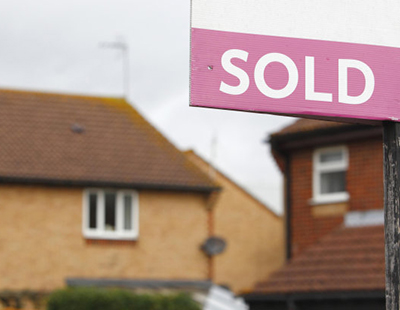On a regional basis, the West and East Midlands dominate, with double-digit price growth in the last year (up by 10.9% and 10.3% respectively).
By contrast, the North East – which voted heavily to leave the EU - has suffered the most in terms of price growth, with an increase of just 0.3% since the referendum took place.
London, meanwhile, was the second worst performer, with the high cost of living in the capital taking its toll. Central London is the main offender, though, with growth of just 1.2% since June 2016, while Outer London has seen prices rise by 4.1%.
The largest price rises across the UK since the Brexit vote have been witnessed in the Orkney and Shetland Islands, rising by a massive 36% in Orkney and 19.9% in the Shetlands.
The rest of the top 10 is made up by English locations, with Thanet (18.8%), Harborough (18.4%), Kettering (18.4%), Tendring (17.8%), Maldon (17.7%), Sandwell (17.2%), Blaby (17.2%) and North Norfolk (17.0%) all performing strongly.
At the other end of the spectrum, the City of London has been by far the worst performer for price growth in the last two years, down by -21.9%. Oil-rich Aberdeen, whose property market has been suffering for a number of years now, was the second worst location for price growth, with a double digit fall of -12.3%.
Kensington and Chelsea (-7.4%), the Western Isles (-6.2%), the City of Westminster (-6.0%), Three Rivers (-5.7%), wider Aberdeenshire (-5.4%), Hammersmith and Fulham (-4.4%), Wandsworth (-2.9%) and Southwark (-2.9%) were other locations which saw some of the largest drops in price growth.
In London, it has been the most prestigious boroughs that have fared the worst, but 70% of London boroughs have actually witnessed property prices rising since the decision to leave the EU, with Camden (14.5%), Barking and Dagenham (11.8%), Islington (11.4%) and Havering (10.9%) all recording double-digit price growth.
In addition, Waltham Forest, Redbridge, Hackney, Bexley, Croydon and Enfield have experienced strong growth since June 2016.
On a county basis, Leicestershire (14.5%) topped the table, while County Durham was at the bottom, behind only London, with price growth of just 2.5%. Only three areas in Scotland - The City of Aberdeen, Western Isles and Aberdeenshire – have seen a fall in prices since Brexit, while no region of Wales has witnessed a drop in house prices since the referendum. Newport (15.5%), Monmouthshire (12.3%) and Torfaen (11.5%) have seen the largest uplift, while Anglesey (2.1%) has seen the smallest rise.
“There is no doubt that in the wake of the EU referendum political and economic uncertainty, along with a shambolic exit plan, have seen UK property prices as a whole slow considerably,” Russell Quirk, founder and chief executive of Emoov.co.uk, said.
“However, while the headlines may paint a picture of doom and gloom, it’s interesting to see which areas of the UK are actually driving this slowdown and which have ignored the market naysayers to record extremely positive price growth trends.”
He added: “London is a prime example, whereby price growth has recorded its biggest fall since 2009 but in reality, 70% of London boroughs have seen prices increase since the vote, some by huge margins. Those that have seen a decline and are driving the wider negative price trends are for the large part, the million pound plus market.”
“Across the UK there are a wealth of areas enjoying strong growth, primarily as a result of a business as usual attitude and a realistic asking to sold price expectation.”








.png)










Join the conversation
Be the first to comment (please use the comment box below)
Please login to comment